What You’ll Learn
Introduction. If you’ve always wanted to learn ink drawing but don’t know the difference between a brush and a nib, then let experienced illustrator Yuko Shimizu take you from the basics to pro secrets. In this course, you will learn about different types of ink and papers, and how to use them for illustrations or concept drawing.
Brushes and Nibs. Not all brushes are created equal, and there are some you should avoid because they don’t work well with ink. Yuko visits her local art store and takes you on a quick tour as she explains the various types of brushes and nibs, as well as what you will need to get started.
Ink and Paper. India ink vs. Japanese? Asian brushes vs. Western? Smooth paper vs. vellum? With so many options, it’s easy to get lost, but Yuko breaks it all down with easy to follow instructions to help you find the most suitable supplies for your project.
Bonus Video: Da Vinci Artist Supply. Yuko recounts the beginning of her career and how Kevin, the owner of Da Vinci Artist Supply, helped her when she first arrived at SVA in New York.
Setting Up Your Materials. Before you begin drawing, there are some things you need to keep in mind. Yuko takes you into her studio so you can see firsthand how she sets up her workspace to avoid messes, and shares a few tips on her own personal paper preference.
Asian Brushes vs. Watercolor Brushes. Yuko demonstrates a few brush strokes with different brush types so you can see the difference between an Asian brush and its equivalent watercolor variety. Knowing which one to use is essential to creating beautiful brushwork.
Brush Stroke and Nib Techniques. Often, a single drawing will contain both brush strokes AND a bit of pen drawing, but if you don’t follow a few guidelines, it might come out looking strange. Yuko gives her tips on how to seamlessly blend these two techniques to achieve the desired result.
Review. Yuko once again demonstrates a few ways to create brush strokes on various paper types to test your ability to find the subtle differences. This will help you to plan out your drawing to get the texture you need. She also goes over how and why you should clean your brushes.
Calligraphy with Ai Tatebayashi. Yuko invites her friend Ai to demonstrate the eight brush strokes that make up almost the entirety of brush strokes found in Japanese and Chinese calligraphy. Knowing the different types of strokes will help you practice your brushwork, even if you don’t plan on writing Japanese characters.
Illustrating Textures, Part One. From wispy hair to eyebrows, creating texture with the brush depends on several elements, such as the amount of ink on the brush or even how dry the brush might be. Yuko demonstrates a few different techniques as she quickly draws a young female character.
Illustrating Textures, Part Two. Yuko opens her portfolio to give some examples of how varying line weight and speed can result in textures such as water or metal. She also offers a few tips on how to achieve similar results in your own drawing.
Sketching and Scanning. Now it’s time to start your drawing, and Yuko shares her thoughts on how to best approach this. Many people make the mistake of simply inking over their original drawing, but Yuko shows you a better way that preserves your original artwork while making the finished piece a bit more polished at the same time.
Inking Your Sketch. Another misstep that many illustrators make is hewing too closely to their sketch. This drains the energy and life from your brushwork, but Yuko shows you her technique to keep your drawing vibrant and alive. She also gives tips on how to “draw” the negative white space to add extra dimensionality to your drawing.
Final Touches and Tips. Did you mess up while you were inking and now your drawing is ruined? It’s not as bad as you think, and even an experienced illustrator sometimes needs to clean up their mistakes. Yuko shows you two different ways to remove unwanted ink without destroying your drawing.



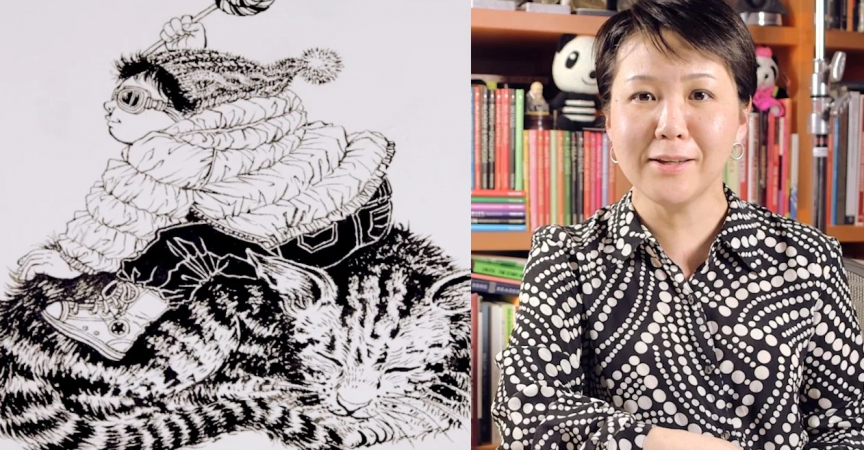

 Channel
Channel
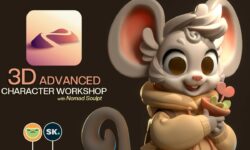

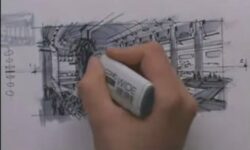
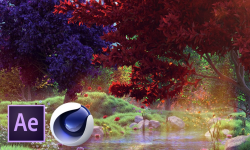
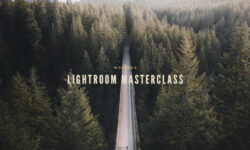

Finally! Thank you so much!